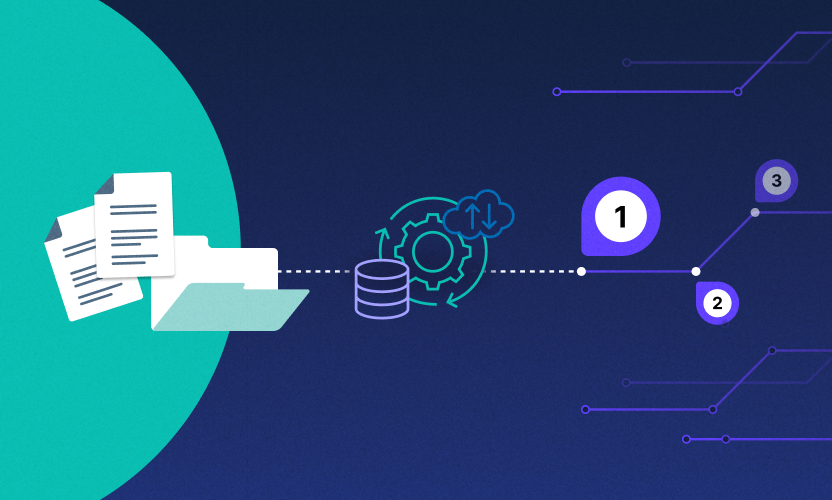
3 Trends in eTMF Adoption After COVID-19
The TMF Summit, a clinical documentation management conference hosted by industry observer Fierce Biotech, was held in late October in New Orleans. There was plenty of talk about familiar topics such as data quality and integrity, as well as data submission workflows and monitoring. But what stood out this year was how the pandemic continues to reshape the industry.
COVID-19's influence could be felt in more ways than one. For starters, this was one of the first large-scale, in-person life sciences conferences in close to two years—pointing to a new normal where we carry masks and vaccine cards with us every day. Moreover, it was clear from the summit that companies are being forced to evaluate and use eTMFs and remote monitoring in an industry traditionally resistant to quick technology adoption.
The pandemic has added more complexity to an already complex web of sites, CROs and sponsor activity. Here are my takeaways from the summit.
There Are Lot of Ways To Collect, Organize, and Store Trial Data
The shift towards eTMFs has many companies developing their own takes on how to collect and store trial data. Each uses technology a little differently to help sponsors collect trial data and keep these giant repositories of data organized and secure for 20 to 30 years or more.
The pandemic has only accelerated the need for eTMFs. They make more sense in this era of scattered sites, decentralized participants, and remote monitoring. Some companies are focused on the site data entry experience, some prioritize the reporting, while others have advanced data governance features. Someone has to put all these perspectives together.
The Standard Metrics Used To Manage Study Completion May Not Be Useful
Daniel Bennett is a compelling speaker who outlined some of the common metrics used in managing TMF completion, timeliness, and quality. He also showed how many of these metrics can be misleading, depending on how your eTMF is structured.
An example is the missing documents report. If you use placeholder documents, they could be contributing to an artificially high completed document rate. The takeaway is to think hard about the study setup before determining which metrics to follow and setting goals.
Sites Are Overwhelmed With the Number of Systems They Have to Use
Each one of your sites may have dozens of studies, which means lots of different systems and workflows to remember. They have to log into the eTMF, EDCs, eCOA, Quality portals, and more for each study.
Technology fatigue, especially with the clunky interfaces of many eClinical systems, is a real burden for sites. If you can standardize your workflows and keep the data entry experience as easy as possible, it means a smaller learning curve and, as a result, better site adoption of your data collection process.
The Future of eTMF Is All About Growth
It’s great to see a boost in eTMF adoption and the digitization of study data. Several reports point to double-digit percentage growth for the next decade. The industry’s ability to scale the collection of data from scattered sites will only help to accelerate timelines and drive costs lower for data management.
In fact, we may be able to reduce some of that tech fatigue if this technology can be standardized. This could include easier-to-use and better UIs, as well as increased AI and machine learning analysis as documents are uploaded.
This was my first time traveling to an in-person event in a long time. I was worried I’d be rusty and I didn’t know what to expect from the “new airport normal.” It didn’t take long to get back into the groove of security, boarding procedures, and remembering to let the middle seat have the armrests.
As I touched down back at my home airport, I realized that the pandemic, while devastating to so many, brought together passengers, airline personnel, and airport staff to find creative ways to keep people moving. I’m optimistic the same is true for the usage of eTMFs, as we bring together sites, CROs, and sponsors to come up with creative solutions to keep trial data moving.





